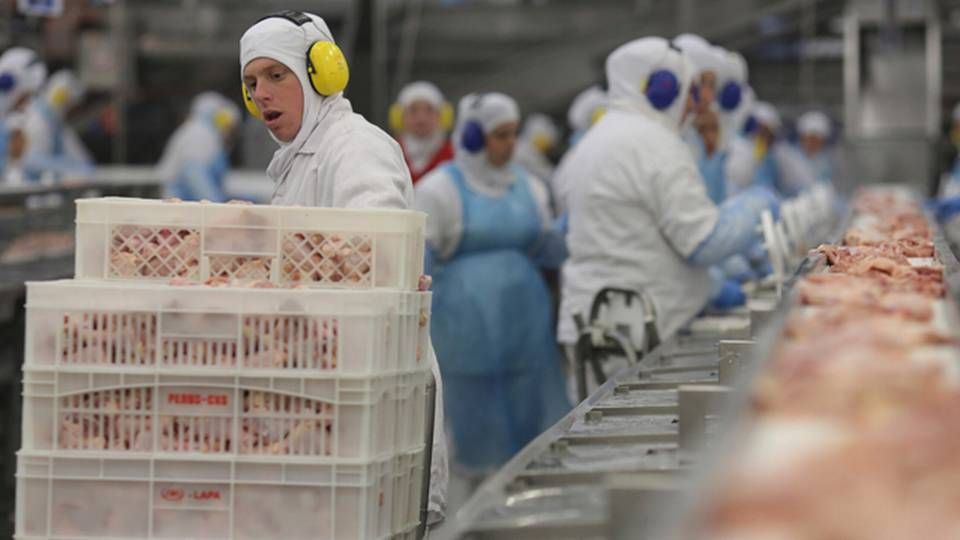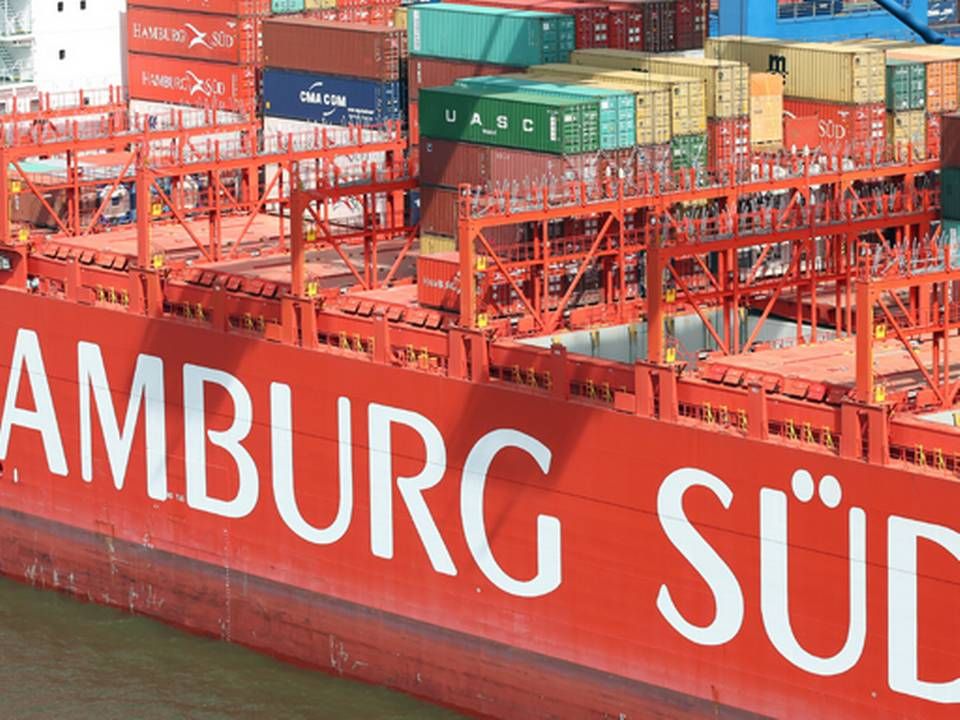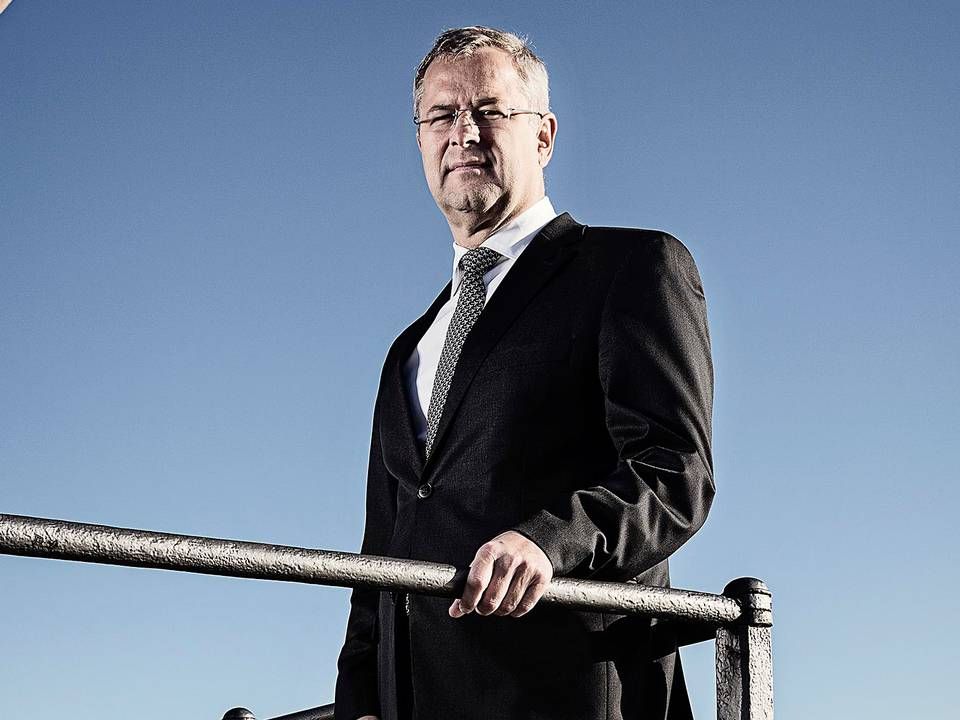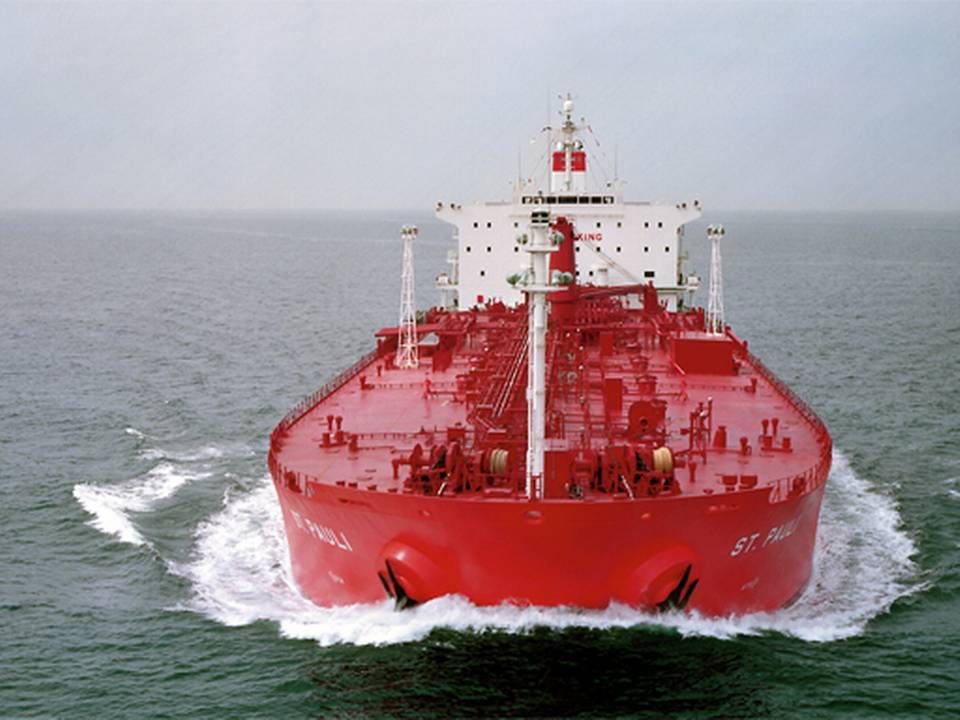Billion-dollar Brazilian exports hit hard by container shortage

Food producers in Brazil, one of the world's biggest agricultural nations and a major exporter of perishables such as chicken, beef, and bananas, is hit hard by a shortage of reefer containers servicing the southern part of the country.
Sources tell ShippingWatch that the problem with shortage of empty refrigated containers is most acute in ports in the states Rio Grande do Sul and Santa Catarina, which are home to major producers and exporters of frozen meats and fruit to Europe and Asia.
In the state of São Paulo, where the port in Santos is the biggest and most modern port facility in Latin America, is also described as one of several ports on the Brazilian east coast where the lack of reefer containers since January has resulted in warehouses being packed to capacity.
Domino effect
"The situation is very severe in many places, with filled warehouses and where companies offering tempered storage of frozen goods such as pork and beef, chicken, fish, juice, fruit, and other items can no longer accept any more goods. We're also seeing examples of meat producers having to reduce their production as there are no more storage facilities and containers available," a centrally placed source tells ShippingWatch.
The source is, like many others in the sector, not interested in being named publicly at a time when they are trying to get carriers to increase their reefer container volumes servicing the country:
"We are witnessing a domino effect where the lack of containers hurts all parts of the supply chain from exporters and port terminals to warehouses losing revenue and income. But this is fundamentally serious for the Brazilian economy in general and for the many exporting companies losing market shares," says the source.
Few carriers left in Brazil
The massive consolidation and merger wave among the largest deepsea container carriers is estimated to be the main explanation for the situation in 2017 being worse than ever before, because there are fewer carriers to choose from.
"Carrier's activities seem to be more organized because of the collapse in Hanjin Shipping. Meanwhile, the merger between Hapag-Lloyd, CSAV in Chile, and Arab UASC has limited the selection of carriers. The same is true of Chinese Cosco's merger with OOCL, not to mention the heralded merger of the three Japanese container carrier MOL, K Line, and NYK."
Brazil's two major food producers, JBS and BRF, which account for close to half the country's combined reefer cargo volumes, are cited as a key factor behind the desperate situation faced by even the small producers in the surrounding countryside districts.
Due to their massive market share and their strength in negotiation, the two groups have been able to negotiate rates so far down, at around USD 1,200 for a 40-foot container, that the carriers have instead shifted a large portion of their container capacity to countries such as Chile, Peru, Ecuador, Costa Rica, Argentina, and South Africa, where rates are higher.
Rene Wlach, Chief Commercial Officer at the Port of Rio Grande declines to place blame with any of the involved parties in the current situation.
"But I have to say that we as a terminal are losing money and freight volumes because there is no available equipment," he tells ShippingWatch.
Worse than before
Shipping analyst Leandro Carelli Barreto, Solve Shipping in São Paulo, confirms that this is the situation.
"It usually happens every year at the same period when shipowners, willing to maximize the profitability of their assets, in this case, their container's fleet,, move their equipment to transport huge amounts of fruits in regions where exporters do not have the same volume/regularity and, consequently, the same bargaining power, as Brazilian's meat exporters," Carelli Barreto tells ShippingWatch.
"It is a fact that in the last couple of years the ocean freight for reefer cargoes in our coast fell a lot in the wake of the containership's industry overcapacity and the concentration of the volume of Brazilian exporters (only two shippers - JBS and BRF - currently account for more 50% of Brazilian's reefer volume), but this year, with less carriers in the market, the impact of reefer container's shortage seems to be higher," he says.
Maersk Line: Fewer empty containers
Maersk Line's director for East Coast South America, Antonio Dominguez, explains the situation by stating that although imports in Brazil have gone up, they are still far from the level from before the country was hit by an economic crisis in 2014. For this reason, fewer empty containers come to Brazil.
"Brazil went from a net importer to a net exporter in 2017, leading to an imbalance between exports and imports. This means all shipping lines as well as exporters are suffering from a lack of equipment from space on ships to containers. Imports are starting to recover but it is slower than we would have liked but this is nothing more than a mirror image of what is going on in the broader economy, consumption is improving again but more timidly than first hoped. For now, commodities are leading the economic recovery in Brazil," Dominguez tells ShippingWatch.
He adds that the carriers also face complex challenges in the second half of 2017 when it comes to handling the throughput of containers in Brazil.
One reason for this is a reduction in imports from Asia and a lack of space for the storage of empty container originating in Asia.
Maersk Line expects that it will take another two and a half years until trade with Brazil is back to the level where it was before the crisis.
Maersk dominance in Brazil
Maersk Line's acquisition of the Latin American niche carrier Hamburg Süd for USD 4 billion is estimated to give the two carriers a market share of more than 40 percent of total transports of refrigerated containers with foods and other perishable products out of Brazil, which covers most of the South American east coast.
With the combination of Maersk Line and Hamburg Süd, Brazil will have a concentration of very few carriers controlling the total container transport in and out of the South American east coast.
The two carriers, along with Swiss MSC, which partners with Maersk Line in the 2M alliance, will likely control two thirds of the container freight out of Brazil.
The Brazilian competition authorities have not yet approved Maersk Line's acquisition of Hamburg Süd.
Maersk Line has sold Mercosul to appease competition authorities.
English Edit: Gretchen Deverell Pedersen & Daniel Logan Berg-Munch
Maersk Line and Hamburg Süd will dominate Brazilian reefer market
Related articles
Maersk Line and Hamburg Süd make merger concessions to EU
For subscribers
This is Maersk's vision for the future
For subscribers
Hamburg Süd sale is "very sad" for German shipping
For subscribers



















